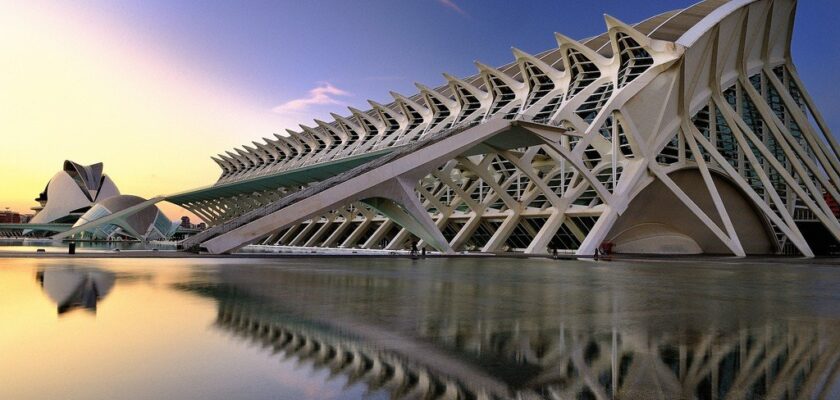City of Arts and Sciences (Ciudad de las Artes y las Ciencias)
City of Arts and Sciences is a relatively new and strikingly large-scale attraction in Valencia. Despite the fact that the creation of such a center is more a tribute to fashion than an urgent state necessity, the complex itself is worth to be included in the obligatory excursion program. With its outstanding size and originality of forms, the ensemble resembles a fantastic city from a Hollywood blockbuster. To spend a few days in Valencia and not bring back photos taken against the turquoise water bodies of the Ciudad de las Artes y las Ciencias is a waste of time.
.The architectural style of the complex uses elements of bionics, thanks to which the appearance of buildings is radically different from the rest of the structures of Valencia. By the way, it is better to visit the City of Arts and Sciences after visiting the historical sites to fully feel the effect of stark contrast.
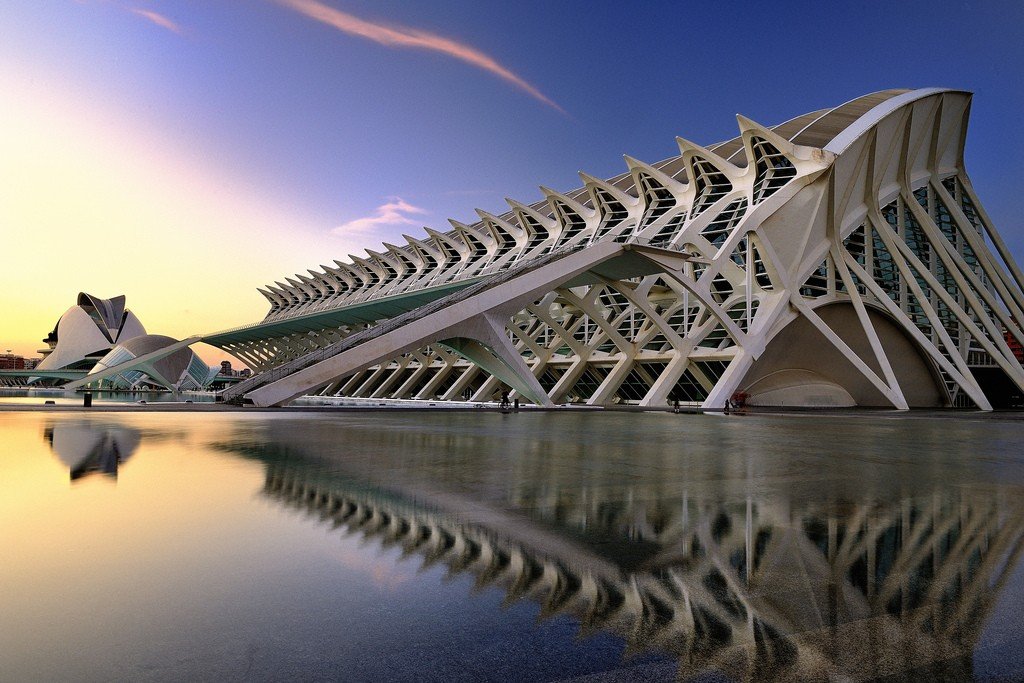
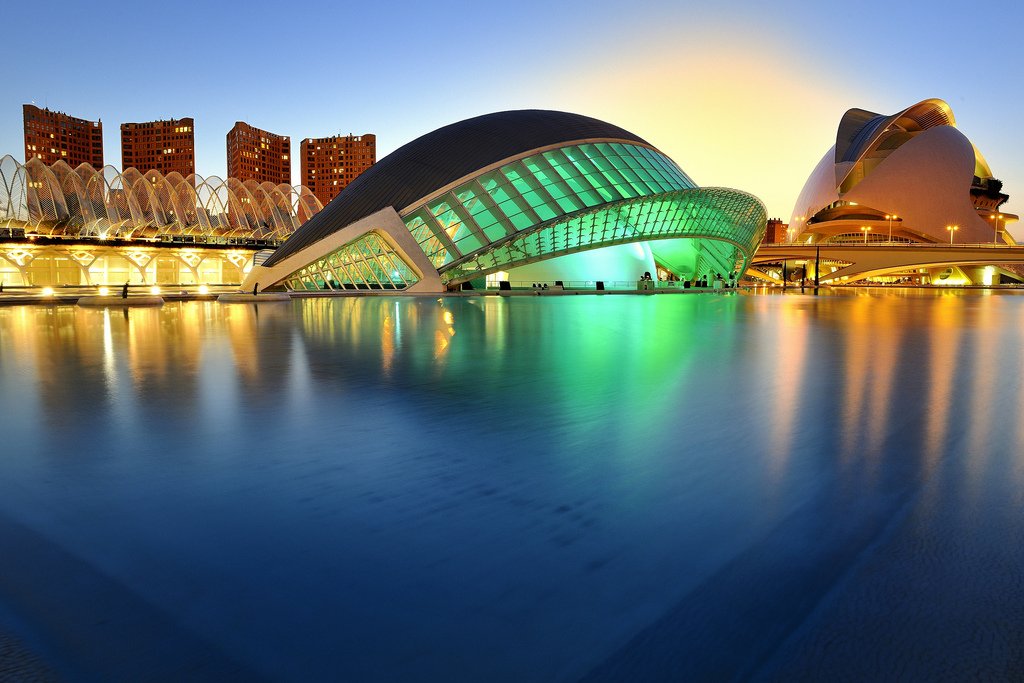
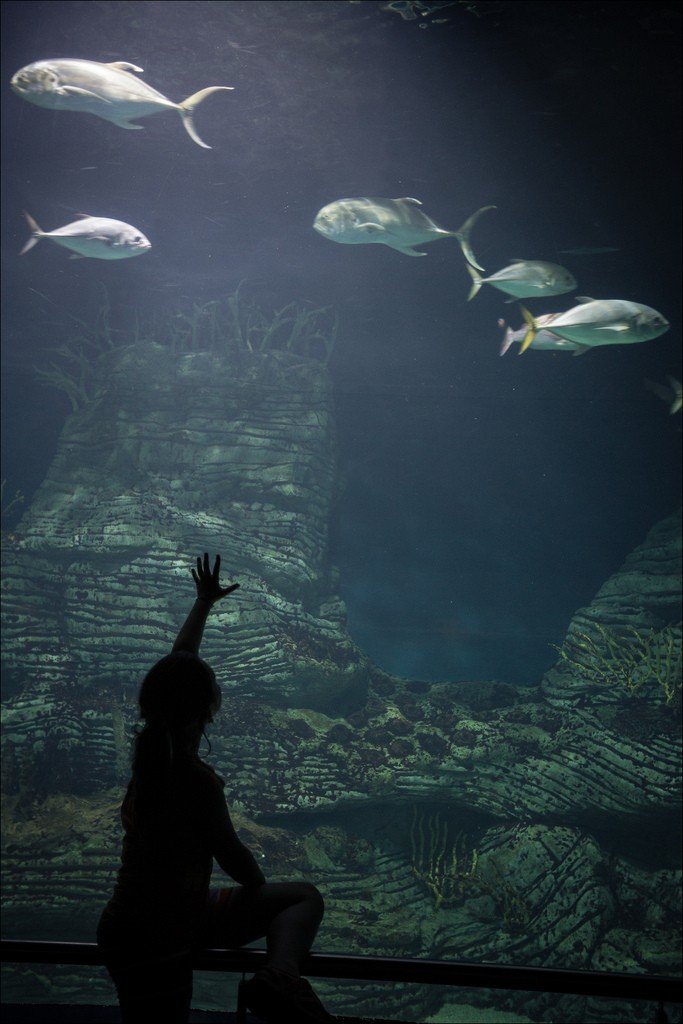
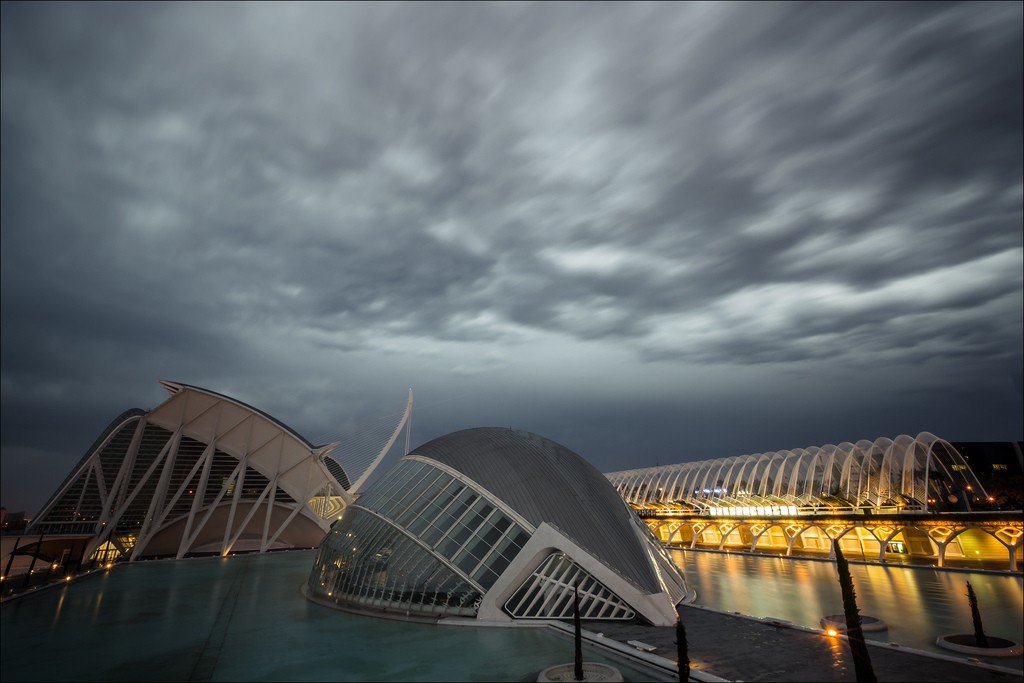
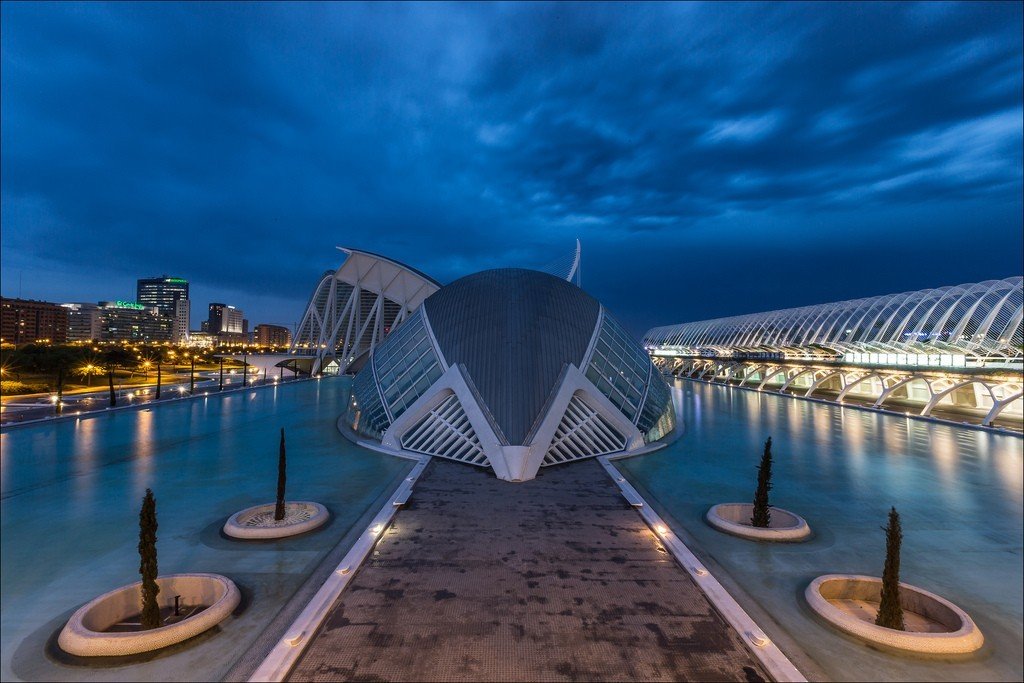
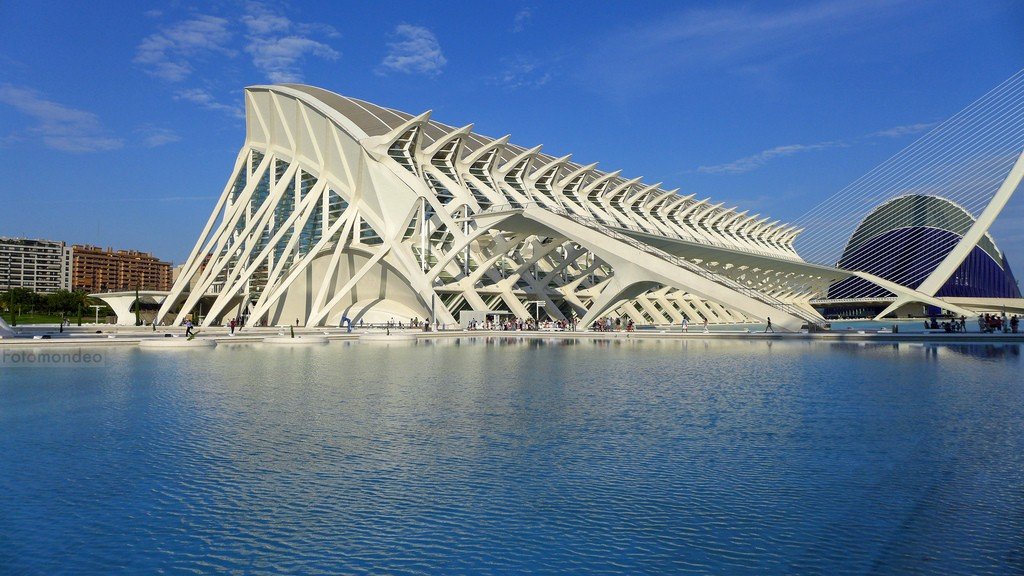
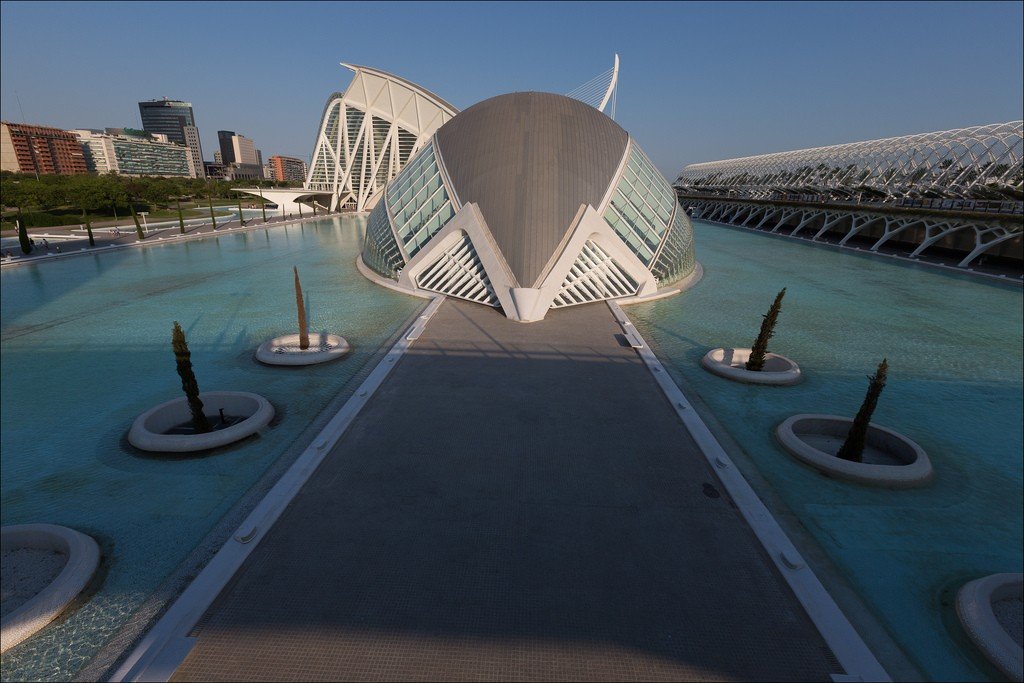
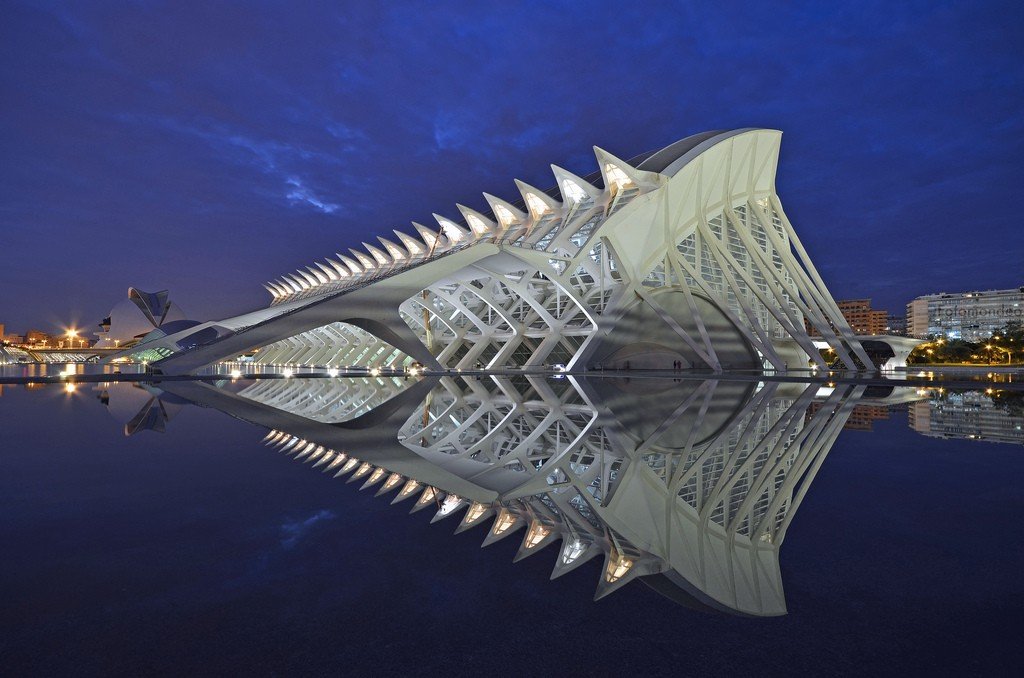
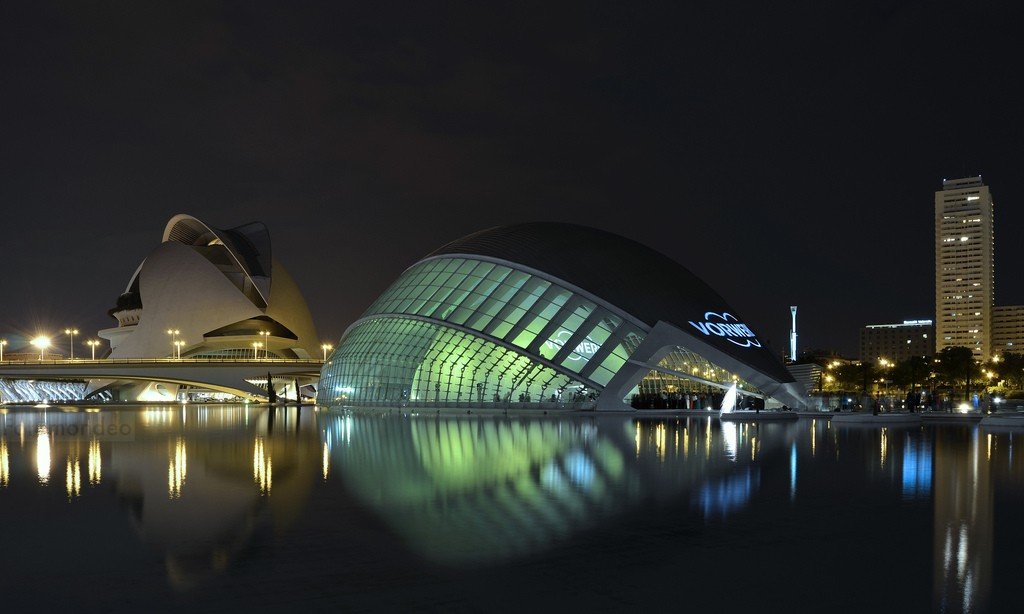
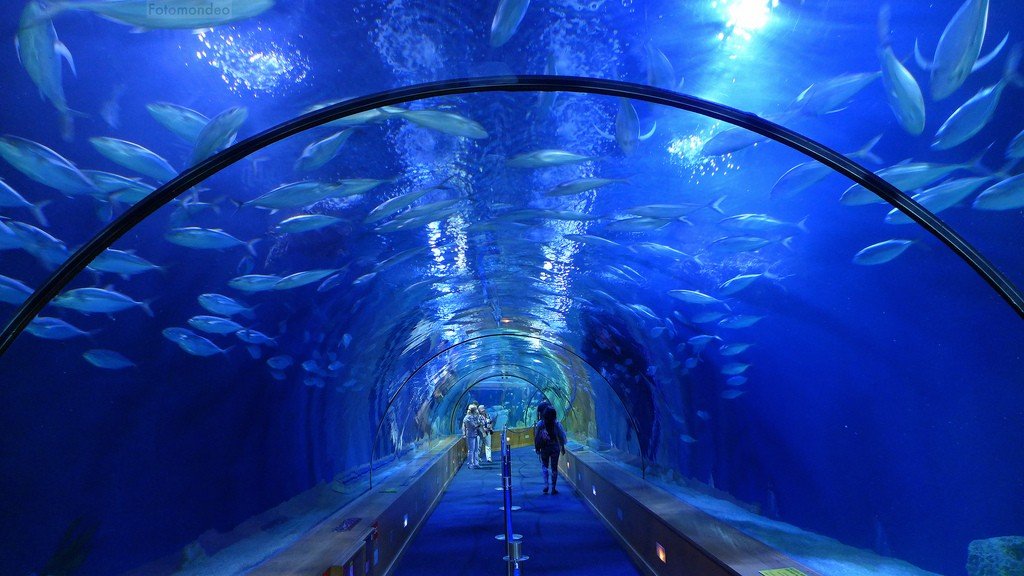
Video: City of Arts and Sciences in Valencia
” title=”YouTube video player” frameborder=”0″ allow=”accelerometer; autoplay; clipboard-write; encrypted-media; gyroscope; picture-in-picture; web-share” allowfullscreen> ContentsWhere it all began
In the late 1980s, Valencian University professor José María López Painro proposed to the government to build a science museum. And in 1989, the president of Valencia, João Lerma, decided to take on the realization of this idea. The development of the project was entrusted to a team of architects who had experience in the construction of similar objects in other European countries, and the location for the City of Arts and Sciences chose the former bed of the river Turia. The news was received ambiguously in government circles. The idea of building such a large-scale architectural ensemble has repeatedly been seriously criticized, which, however, did not affect the progress of the work.
.
In the spring of 1998, in the City of Arts and Sciences, the first visitors were welcomed by the L’Hemisfèric movie theater. A year and 8 months later, the science museum opened, followed by the L’Oceanographic Park in December 2002. On November 8, 2005, the Palau de les Arts Reina Sofía was completed. The last site of the City of Arts and Sciences in Valencia was the covered square Àgora. The official opening of the pavilion took place in 2009, with construction work only being fully completed by 2011.
.
Future World in the Present
The City of Arts and Sciences consists of five buildings, a gallery and a suspension bridge that form a complete architectural composition. The total area of the complex is 350,000 m².
Palace of Arts
The building of the Palace of Arts, which houses the opera house, is named after Queen Sofia. The idea of creating a structure that resembles the shape of a conquistador’s helmet belongs to Spanish architect Santiago Calatrava. The palace is surrounded by two artificial pools, the blue water of which emphasizes the amazing whiteness of the walls of the building.
.
How much this ambitious project was worth the money and effort spent on it can be judged by the popularity of the palace with foreign artists. More often than not, performances of world stars of opera and ballet take place on the stage of the Valencian theater. You can visit El Palau de les Arts Reina Sofía by purchasing a ticket for one of the productions or by booking a tour of the building. A 50-minute trip through the galleries and halls of the palace will cost 8 euros. To see a performance, it is better to come here in the morning. From 10 o’clock the ticket office starts working, where you can buy a ticket for the performance.
.The building has four auditoriums with a total area of 40,000 m². The rooms are designed to hold 4,200 spectators at a time, and about 2,000 more guests can be accommodated outside. The interior of the largest hall, with a capacity of 1,400 people, is designed in classic Mediterranean style: the blue mosaic walls are delicately set off by snow-white tiers of balconies. By the way, when attending cultural events held here, the main thing is not to get lost in the labyrinth of palace corridors and numerous staircases.
.Cinema
The movie theater and planetarium of L’Hemisfèric is located below ground level. Steps at the entrance lead visitors down into the heart of Valencia’s largest movie theater. Surrounded by pools, the structure resembles the shape of a half-covered human eye immersed in the azure water. It is best to observe the fantastic resemblance to an organ of vision in the evening, when the external and internal lighting of the building is turned on. At this time of day through the glass walls clearly visible through the sphere, imitating the eye pupil. L’Hemisfèric looks very futuristic, like all the objects of the City of Arts and Sciences in Valencia.
.
In addition to the planetarium, the building is equipped with a hall for laser shows, as well as an IMAX theater. Anyone can visit the latter. It is enough to buy a ticket for one of the educational documentaries and do not forget to take 3D glasses from the employees of the theater. The price of admission ticket for an adult is 8.80 euros.
.Gallery
Orangery, gallery, garden – this place in the City of Arts and Sciences has many different names. The giant structure made of metal arches looks stunningly light and airy. The park and exhibition complex inside it, with a total area of about 17,500 m², is home to more than 5,000 species of exotic plants. It is also home to the Walk of the Sculptures (Gallery of Contemporary Sculpture).
.
When you want to take a look at the entire architectural complex, L’Umbracle can serve as an excellent vantage point. The exterior of the building offers a great view of the rest of the pavilions of the City of Arts and Sciences, its delightful swimming pools and pedestrian areas. Right at the gallery wall there is a viewing area with a long canopy and benches where you can take a break before continuing your tour. And those who like unusual selfies will have an opportunity to be photographed against the background of plaster sculptures in the form of candy. “Tasty” exhibits represent the largest countries in the world and are painted in the colors of national flags.
.Prince Felipe Science Museum
Another pavilion with an unusual exterior resembling the skeleton of a huge sea animal is the Science Museum. The area of this gigantic educational site is 40,000 m². It is famous for its interactive exhibitions and a concept that is unconventional for most museums: it discourages idle contemplation but encourages direct participation. This unusual place is best visited with children and curious individuals who love to touch and actuate the exhibits.
.
The museum’s expositions will familiarize visitors with evolutionary and physical processes, tell about the peculiarities of the structure of living organisms and ingenious discoveries of mankind. You can observe how chickens hatch from eggs, test your vestibular apparatus for stability, try to get along with optical illusions only in El Museu de les Ciències Príncipe Felipe. And those who are interested in the history of world catastrophes should take time to visit the exposition dedicated to the legendary Titanic. The museum is open daily from 10:00 to 20:00 from July to September. In other months – from 10:00 to 18:00. The cost of an adult ticket is 8 euros.
.Oceanographic Park
Europe’s largest oceanographic complex has more than 500 species of marine animals, fish, reptiles, birds and invertebrates. The inhabitants of the park are kept in giant two-level aquariums, which are truly mesmerizing. For the convenience of visitors, the park is divided into 10 zones. In addition to the standard glass pavilions with representatives of marine habitats, there is a dolphinarium, a garden, a mangrove and artificially created swamps. The price of an adult ticket is 29.10 euros. Children under the age of 4 are entitled to free admission to the oceanarium.
.In addition to the standard group tours, L’Oceanogràfic offers individual proposals. For example, dive in the company of an instructor in one of the tanks to take a closer look at some of the representatives of the underwater world. As a souvenir, the visitor receives a certificate of completion and a full video of his underwater adventures.
.Agora
One of the “youngest” buildings of the City of Arts and Sciences is the exhibition area and at the same time a multifunctional hall Àgora. The height of this amazing structure is about 80 meters. The pavilion was originally conceived as a giant concert hall and a place for international conferences. Today it hosts not only cultural but also sporting events, such as the Valencia Open ATP 500 tennis championship. Àgora also hosts show business stars and even international couturiers. And during the Christmas holidays there is a huge ice rink and performances for children.
.Bridge
Next to the Agora is the El Puente de l’Assut de l’Or suspension bridge. The 180-meter long structure, designed by Santiago Calatrava, plays a rather unusual role in the life of the entire City of Arts and Sciences. The fact is that the 120-meter-long column installed on the bridge acts as a giant lightning rod.
.
FYI
When visiting the City of Arts and Sciences, a tourist is not obliged to buy a pass to each of the pavilions. The guest always has the right to choose exactly those objects that match his personal interests. For example, it is possible to purchase an all-inclusive ticket to visit the Oceanographic Park and the Museum of Science (cost for an adult – 30.80 euros). For 37.40 euros, you can see three buildings at once: the movie theater, the oceanarium and the museum.
.How to get there
Since the architectural ensemble itself is located on the site of the dried riverbed of the Turia River, it is the best reference point for travelers. To get to Valencia’s “youngest” attraction is possible through the center of the old city, following the curves of the river contours. The exact address of the City of Arts and Sciences is Av del Profesor López Piñero, 7.
.Those who are not keen on walking should opt for a metro ride. The red line L3 and green line L5 will take anyone to the Alameda station, from which it is a short walk to the complex. The third option is the bus. The City of Arts and Sciences is easily reached by routes 9, 15, 25, 35, 35, 47 and 95.
.